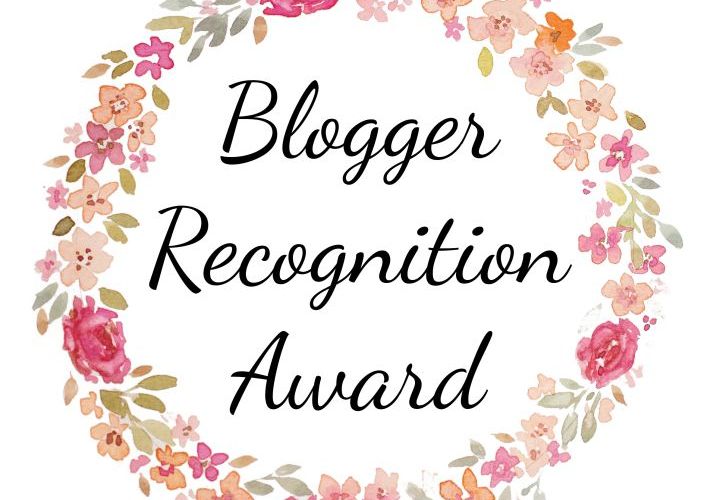I promised we’d take a look at the consequences of long-term stress (and, by association, trauma) on the body, didn’t I? That’s today’s topic so buckle up, Class.
Before I jump in, I want to define a few terms so we’re all speaking the same language.
The amygdala is a little almond-shaped cluster that controls your emotions–namely, fear and the fight/flight/freeze response. Memory and decision-making are also controlled by the amygdala.
The autonomic nervous system controls all unconscious processes, like breathing, blood pressure, and heart rate. Think of it like a car with automatic transmission, or being on autopilot.
Adrenal glands produce adrenaline and cortisol when the body reacts to a stressor. The inner medulla is the part that produces the hormones epinephrine and norepinephrine, which help kick off the whole fight-or-flight response.
In a nutshell:
Stressors trigger the sympathetic nervous system and hormones come rushing in full-bore. The amygdala enters the chat, which sets off a chain reaction with the adrenal glands and other endocrine systems. Your blood pressure goes up, your heart rate increases, you sweat. Without you even noticing it, your body is preparing to take one of three paths: fight, flight, or freeze.
When in crisis, our bodies and minds work in tandem to respond to the situation. The good old autonomic nervous system kicks into gear, triggering an immune response (which is designed to protect the body and fight off “intruders,” so to speak)1. This immune response releases histamines, which are also the cause of hay fever symptoms like itchy eyes and hives. It may sound counterintuitive, but all of these unpleasant symptoms are part of your body’s fight to keep you alive. The second the stress hit that tiny little amygdala, you were no longer in the driver’s seat. Ever since that moment, you’ve been on autopilot–think of your body as a kind of gundam suit designed to protect you by any means necessary. This response is as effortless and natural as breathing.
When most people hear the word “adrenaline,” they often imagine a scene such as a mother lifting a car off her baby. Our entire autonomic nervous system is wired to keep us alive, and the body can do incredible things when under acute stress.
However, you can’t sustain that level of intensity forever. Think of a rubber band. You can only stretch it so much before it begins to lose some of its elasticity, and the same principle applies to stress and the body. Our bodies are not built to sprint at 84,000 miles per hour 24 hours a day, 8 days a week, and that’s precisely what long-term stress demands of you.
Miller, Chen, and Parker (2010) describe stress as something that “accumulates” in the body’s cells. What this means for you, dear Reader, is that your body is in a constant state of inflammation because those hormones are poppin’. Even if it’s more of a wallflower than the life of the party, that inflammation is still there.
This leads us to our next point: vulnerability for chronic illness. When your body is constantly on high-alert, it reacts to stimuli that may not bother the average bear. Many trauma survivors have at least one, if not multiple, chronic health conditions. Autoimmune disorders such as lupus are more common in adult cis female trauma survivors2. Additionally, the odds of an autoimmune disorder causing an individual’s first hospitalization were higher among adults who reported two or three different types of childhood adversity, such as physical, sexual, and/or verbal abuse; parental neglect; or having a parent or caregiver who struggles with substance abuse or mental illness3.
There is a strong behavioral component to this complex issue as well. Early trauma leads to hypervigilance and mistrust, meaning there are cognitive and emotional factors layered on top of the biological aspect. (It’s like the world’s worst sandwich, basically.)
Let’s pause for a visual aid. I wonder how many of you are familiar with our good friend Ouroboros.

Picture the biological factors as the head of the snake, and the cognitive/emotional factors as the tail. Or reverse it. Either way, they are simultaneously feeding and devouring each other. Much like our old pal Anxiety, stress feeds itself.
So, that probably sounds terrifying, right? It doesn’t have to be. Here are some platitudes to explain why:
- Knowledge is power.
- Know thy enemy.
- If it bleeds, we can kill it.
If we know what our own vulnerability factors are, we can find ways to counter them. If you have a chronic illness, make sure you’re keeping in touch with your doctor and taking any medications you’re prescribed. Try to eat well, stay hydrated, get enough sleep. Take at least a minutes throughout the day to do something you enjoy and celebrate being alive. A client once very astutely described living (versus surviving) as “nurturing the being as well as the human.” We exist on many levels–physical, emotional, cognitive, spiritual. Please be kind to yourselves and send love into the darkness.
One final note:
Take care of yourselves, Readers. Go take a safe, socially distant rainbow walk. Get some vitamin D–it’s good for you! Read a book. Plant a tree. Take a hot shower with a frozen orange. Meditate. And for the love of god, wear a mask and stop touching your face.
1 Quas, J. A., Bauer, A., & Boyce, W. T. (2004). Physiological reactivity, social support, and memory in early childhood. Child Development, 75(3), 797-814.
2. Roberts AL, Malspeis S, Kubzansky LD, et al. Association of trauma and post-traumatic stress disorder with incident systemic lupus erythematosus in a longitudinal cohort of women. Arthritis Rheumatol. 2017 Nov;69(11):2162–2169.
3. Miller, G. E., Chen, E, & Parker, K.J. (2011). Physiological stress in childhood and susceptibility to the chronic diseases of aging: Moving toward a mdoel of behavioral and biological mechanisms. Psychological Bulletin,137(6), 959-997.


